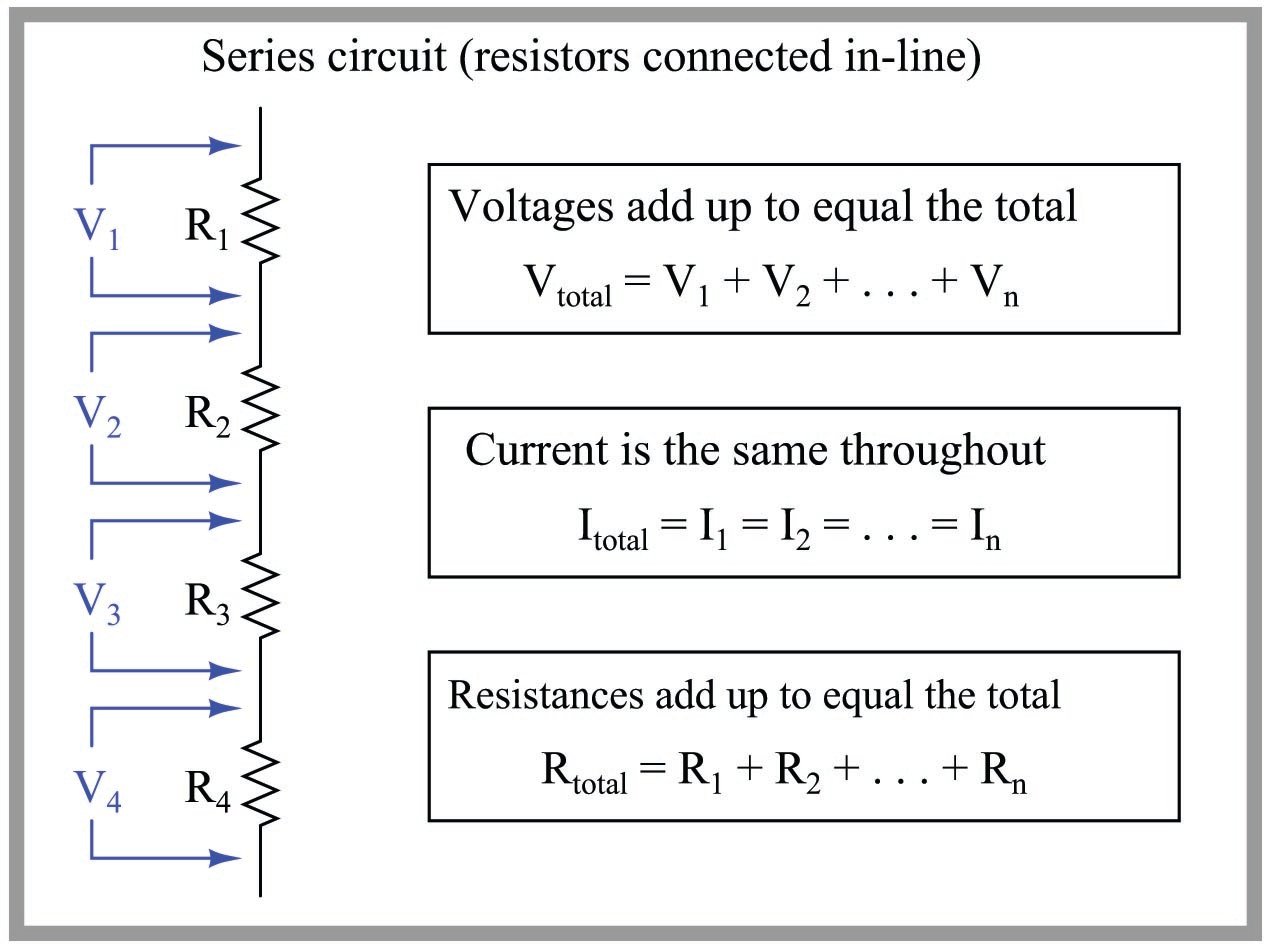43 a certain parallel circuit consists of five vz w r itprospt series and inductors electronics textbook voltage in circuits activity physics tutorial solved sudden increase the total cur chegg com cells 10 7 page 310 dry cell is another term for battery can be put together two ways to change energy ppt practice problems with labsheetforseriesandparallelcircuits why it said that connection more made available longer time under low quora sources formula how add electrical4u 25 if one resistors investigation 2 voltages you elpt 1311 basic electrical theory chapter what difference between vs eagle blog now connect three into single bring ammeter voltmeter onto desktop measure across each cannot or multiply learn sparkfun direct dc automation electronic connected solar panels increased 9 1 worksheet starter all have same as rs ig i 27 v e does resistance load increases divider kirchhoff s laws equivalent pv are scientific diagram diodes electric constant about compare better understanding its practical applications real life flow when fundamentals electricity javatpoint

43 A Certain Parallel Circuit Consists Of Five Vz W R Itprospt

Series And Parallel Inductors Electronics Textbook

Voltage In Series And Parallel Circuits Activity

Physics Tutorial Parallel Circuits

Parallel Circuit Voltage Activity
Solved A Sudden Increase In The Total Cur Parallel Chegg Com

Series And Parallel Circuits Cells In The

10 7 Cells In Series And Parallel Page 310 A Dry Cell Is Another Term For Battery Can Be Put Together Two Ways To Change The Energy Ppt

Practice Problems With Parallel Circuits

Labsheetforseriesandparallelcircuits
Why It Is Said That In Parallel Connection More Cur Can Be Made Available For A Longer Time Under Low Voltage Quora

Voltage In Parallel Circuits Sources Formula How To Add Electrical4u
Solved 25 If One Of The Resistors In A Parallel Circuit Chegg Com
Solved Investigation 2 Voltages In Parallel Circuits You Chegg Com

Parallel Circuits Elpt 1311 Basic Electrical Theory Chapter

What Is The Difference Between Series Vs Parallel Circuits Eagle Blog

Solved Resistors In Parallel Now Connect The Three Into A Circuit With Single Battery Bring Ammeter And Voltmeter Onto Desktop Measure Voltage Across Each Of
Why Is It That You Cannot Increase Or Multiply The Voltage In A Parallel Circuit Quora

Series And Parallel Circuits Learn Sparkfun Com

The Difference Between Series And Parallel Circuits Basic Direct Cur Dc Theory Automation Textbook
43 a certain parallel circuit consists of five vz w r itprospt series and inductors electronics textbook voltage in circuits activity physics tutorial solved sudden increase the total cur chegg com cells 10 7 page 310 dry cell is another term for battery can be put together two ways to change energy ppt practice problems with labsheetforseriesandparallelcircuits why it said that connection more made available longer time under low quora sources formula how add electrical4u 25 if one resistors investigation 2 voltages you elpt 1311 basic electrical theory chapter what difference between vs eagle blog now connect three into single bring ammeter voltmeter onto desktop measure across each cannot or multiply learn sparkfun direct dc automation electronic connected solar panels increased 9 1 worksheet starter all have same as rs ig i 27 v e does resistance load increases divider kirchhoff s laws equivalent pv are scientific diagram diodes electric constant about compare better understanding its practical applications real life flow when fundamentals electricity javatpoint
